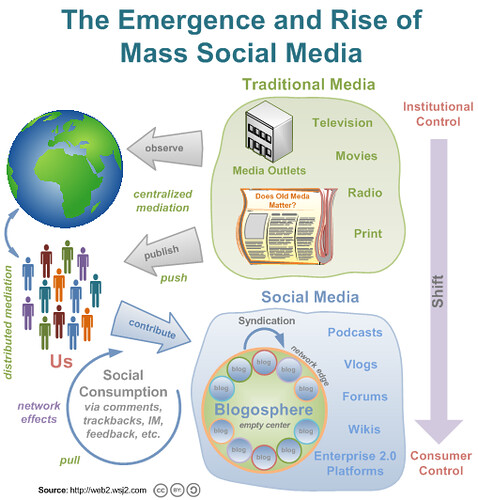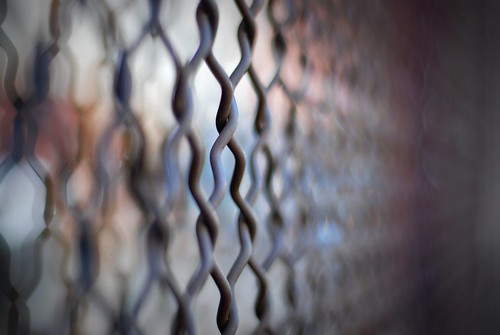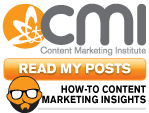 The Bathroom Blogfest 09 theme is "Flush The Recession & Plunge Into Forgotten Spaces." To me that captures creativity - flush out useless assumptions - and simplicity - flush out needless complexity - and paves the way for relentless focus on what matters to end users and customers. Doing so allows you to explore - or plunge into - forgotten spaces and unexpected approaches for solving insurmountable challenges including ecological ones.
The Bathroom Blogfest 09 theme is "Flush The Recession & Plunge Into Forgotten Spaces." To me that captures creativity - flush out useless assumptions - and simplicity - flush out needless complexity - and paves the way for relentless focus on what matters to end users and customers. Doing so allows you to explore - or plunge into - forgotten spaces and unexpected approaches for solving insurmountable challenges including ecological ones.Jim Gould shared how "making things simple is not simple." But, simple can be elegant and, as BJ Fogg explained, simplifying successfully can be persuasive.
For example, being inspired by a walnut shell to create an asymmetrical bathtub as described in MetropolisMag.com Comfort Zone. What a beautiful and simple solution! The end result is ergonomic and optimized for reclining on one end and reading from the other. The material insulates better; the tub is molded in a single less costly and time-consuming operation not subject to cracks along seams; the interior incline insures that no water remains in the tub.
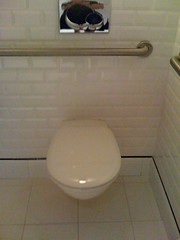 Another example is identifying supply chain solutions for supporting sustainable tissue paper products as Kimberly-Clark has via WWF's Global Forest & Trade Network. Again, simple.
Another example is identifying supply chain solutions for supporting sustainable tissue paper products as Kimberly-Clark has via WWF's Global Forest & Trade Network. Again, simple.And, although done here to save money, what about shifting from four-ply to two-ply tissue as the California Riverside County government has [interesting perk, wouldn't you say?].
As I observe elegant and simple solutions around me, I can't help but be impressed. They solve problems and do so in an eye-catching and memorable way. They are also practical and efficient.
Take this toilet from the recently renovated ladiesroom at the NYC Princeton Club.
And, what about developing elegant and practical approaches to flushing with less water? Here, also from the NYC Princeton Club ladies room, an art-like chrome flush mechanism. Notice the two flushing options...
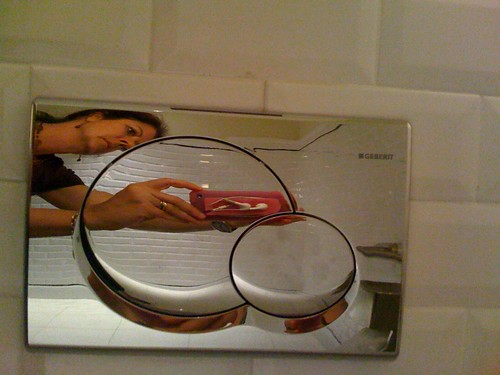 Although more utilitarian, the ladiesroom from the Herman Miller office in NYC, the first LEED Gold space in the city, also offers a two flush option.
Although more utilitarian, the ladiesroom from the Herman Miller office in NYC, the first LEED Gold space in the city, also offers a two flush option.I discovered it this past June 30th, 2009, when I attended a luncheon panel on The Green Consumer: Fact, Fiction and the Future of Marketing sponsored by The Women's Network for a Sustainable Future with Andrea Learned.
This was my first experience having a choice between high or low water volume to use. My reaction: simple, practical and ecologically responsible.
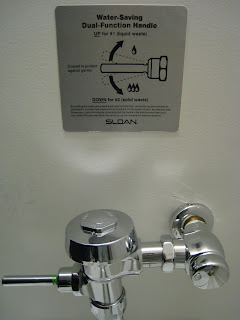 Don't you love these type solutions? I do.
Don't you love these type solutions? I do.Thanks to the Bathroom Blogfest, I've had the opportunity to pay attention and admire ones that truly seem to Flush The Recession, simply and ecologically.
Thank you for reading and participating in Bathroom Blogfest 09.

I hope this post inspires you to find inspiration everywhere you look and to consider new approaches to the tried and true.
Technorati Tags: Bathroom Blogfest Bathroom Blogfest 09 #ladiesrooms bathrooom experience sustainability Herrman Miller Princeton Club womens network for a sustainable future Andrea Learned Del.icio.us Tags: Bathroom Blogfest Bathroom Blogfest 09 #ladiesrooms bathrooom experience sustainability Herrman Miller Princeton Club womens network for a sustainable future Andrea Learned







